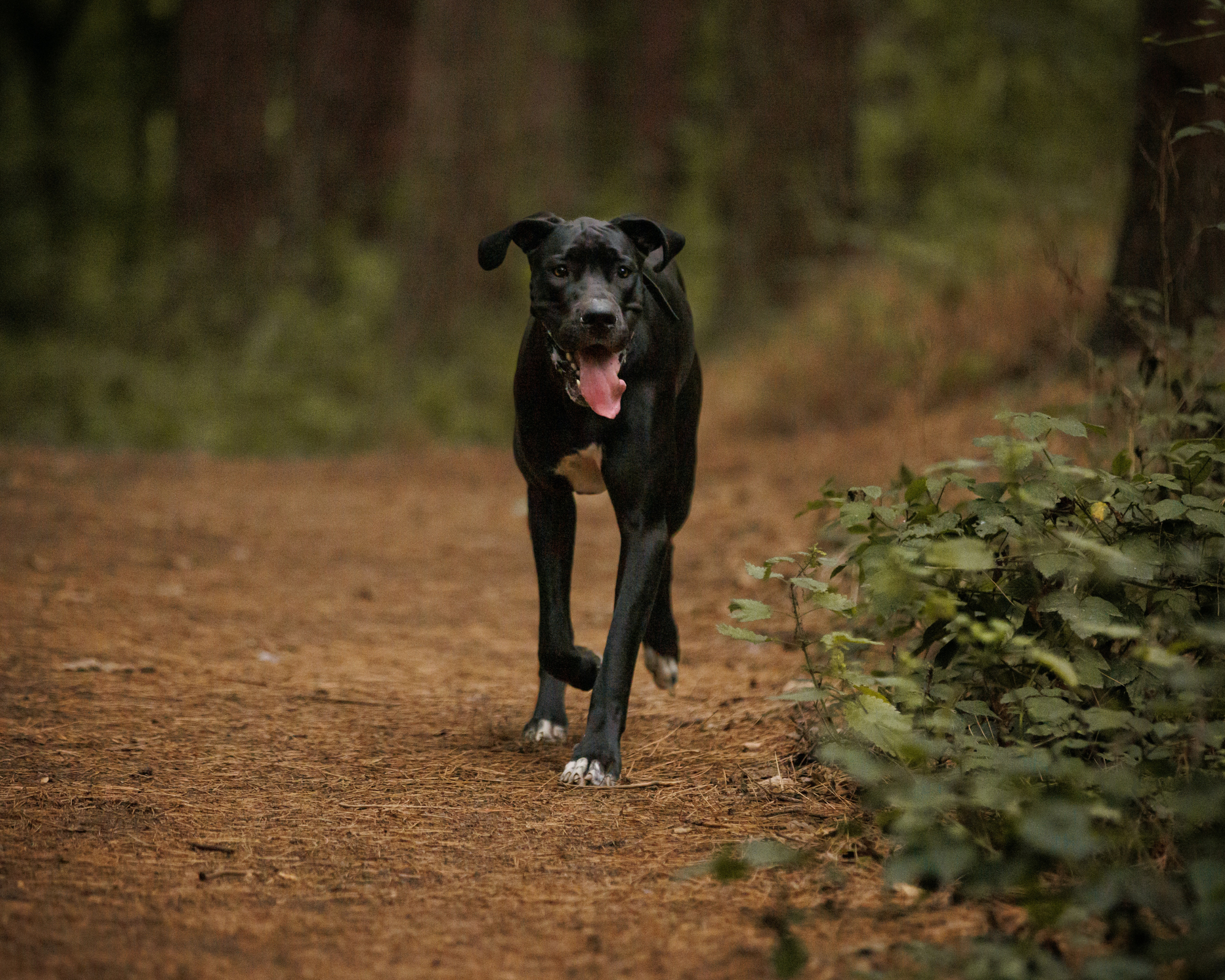

5 Signs Your Big Dog Is in Pain (That Don’t Look Like Pain)
When a giant breed dog is in pain, it’s not always obvious.
They don’t always cry, limp, or give you the classic signs you might expect. In fact, many big dogs are experts at hiding their discomfort—either out of instinct or sheer stoicism.
But if you know what to look for, your dog is telling you something. Subtle changes in behavior or routine can be early red flags that something’s not quite right.
Here are 5 surprising signs that your gentle giant might be hurting—even if they’re not showing it the way you'd expect:
1️⃣ Changes in Posture
Is your dog suddenly hunched? Holding their head or tail lower than usual? Avoiding sitting or lying down the way they normally would?
Postural changes—especially in big dogs—can be a sign of joint discomfort, spinal issues, or abdominal pain. If they’re moving differently, they might be compensating for something that hurts.
2️⃣ Slowing Down on Walks
A drop in energy or pace on walks isn’t always laziness. It could be a signal that movement is painful—especially in their hips, knees, or feet.
If your dog used to trot ahead and now lags behind, pauses frequently, or cuts walks short, don’t brush it off. Their joints could be telling you something.
3️⃣ Avoiding Stairs or Furniture
If your dog suddenly hesitates to go up the stairs or jump on the couch like they used to, it’s worth paying attention.
Big dogs with joint pain often avoid actions that require impact or coordination. They may start opting for the floor over their usual favorite spot—or resist going to areas of the house that require climbing.
4️⃣ Excessive Licking (Especially Paws or Joints)
Dogs often lick areas that hurt—it’s their version of rubbing a sore spot. Repetitive licking at one paw, a specific joint, or even the air can indicate underlying pain or inflammation.
In some cases, excessive licking can lead to skin irritation or infections, so it’s best to intervene early.
5️⃣ Restlessness at Night
If your dog can’t seem to get comfortable, paces the house, or frequently changes positions while trying to sleep, it could be a sign of discomfort.
Pain often intensifies at night when the body is trying to rest. Watch for changes in sleep patterns or signs of agitation when things should be calm.
Trust Your Gut
When it comes to pain, subtle signs are still signs.
If your dog just isn’t acting like themselves—don’t ignore it. The earlier you address discomfort, the more likely you are to manage it effectively and improve their quality of life.
That’s what we’re all about: more good days, more comfy naps, and more, better years together.
